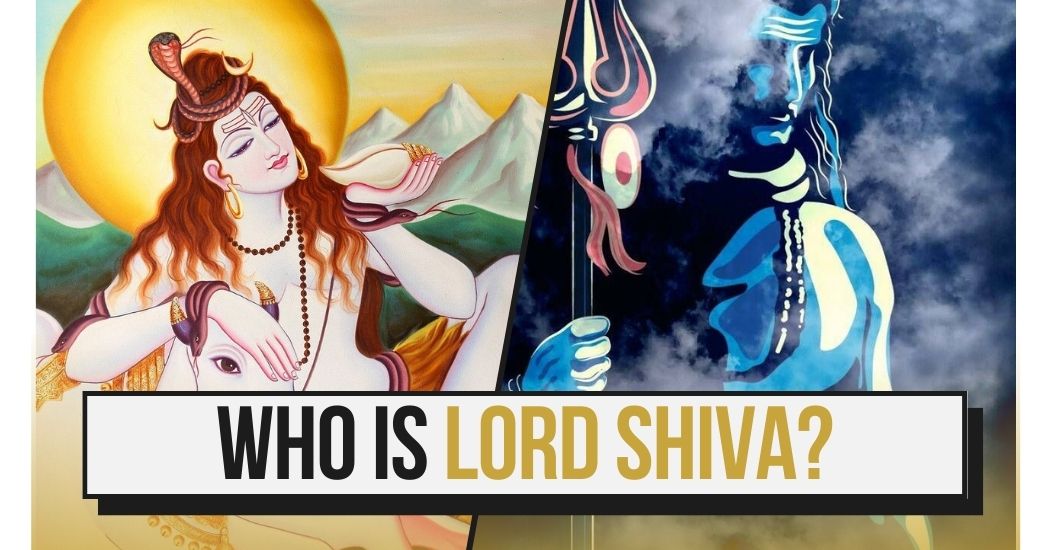Shiva, which can also be written as siwa or siva, is one of the most important gods in Hinduism. Shaivites worship Shiva as the highest god. He is often called Shambhu, which means “good,” Shankara, which means “benevolent,” Mahesha, which means “great lord,” and Mahadeva, which means “great god.”
Shiva is shown in many different ways: in a peaceful mood with his wife Parvati and son Skanda, as the cosmic dancer (Nataraja), as a naked ascetic, as a mendicant beggar, as a yogi, as a Dalit (once called “untouchable”) with a dog (Bhairava), and as the half-male, half-female union of Shiva and his wife in one body (Ardhanarishvara). He is both the great ascetic and the master of fertility. His power over snakes makes him the master of both poison and medicine. As Lord of Cattle (Pashupata), he is the kind herder or, at times, the cruel killer of the “beasts” he is responsible for, which are people’s souls. Some of Shiva’s multiple roles may come from the fact that he is based on earlier mythological figures, but most of them come from the fact that Hindus tend to see complementary qualities in a single, ambiguous figure.
Uma, Sati, Parvati, Durga, and Kali are all names for Shiva’s female partner. Shiva is also sometimes paired with Shakti, the personification of power. They are said to live on Mount Kailasa in the Himalayas with their sons Skanda and Ganesha, who have the head of an elephant. The six-headed Skanda is said to have come from Shiva’s seed, which fell into the mouth of Agni, the god of fire, and then moved to the Ganges River and six stars in the Pleiades constellation. Another well-known myth says that Parvati made Ganesha out of the dirt she rubbed off while taking a bath. Shiva gave him his elephant head when he cut off Ganesha’s head. In the world, Shiva’s vehicle, or vahana, is the bull, Nandi. In many Shiva temples, a statue of Nandi stands in front of the main sanctuary. Shiva is also worshipped in the form of the lingam, a cylindrical votive object often put in a yoni, a dish with a hole in it.
Shiva is usually shown in paintings and sculptures with a white body (from being covered in the ashes of the dead) and a blue neck (from holding in his throat the poison that came from the churning of the cosmic ocean and threatened to destroy the world). His hair is usually arranged in a coil of matted locks (jatamakuta). He wears the crescent moon and the Ganges river around his neck (according to legend, he brought the Ganges River to earth from the sky, where she is the Milky Way, by allowing the river to trickle through his hair, thus breaking her fall). Shiva has three eyes. The third eye gives him vision inward, but when he turns it outward, it can burn and destroy. He wears a necklace of skulls and a snake around his neck and holds a deerskin, a trident, a small hand drum, or a club with a skull on end in each of his two (or sometimes four) hands. Shiva is known as a Kapalika, “Skull-Bearer,” because he cut off the fifth head of Brahma. The head stayed on his hand until he got to Varanasi, which is now in the Indian state of Uttar Pradesh and is a holy city to Shiva. Then it fell off, and where it landed, a shrine called Kapala-mochana (which means “The Releasing of the Skull”) was built to wash away all sins.

